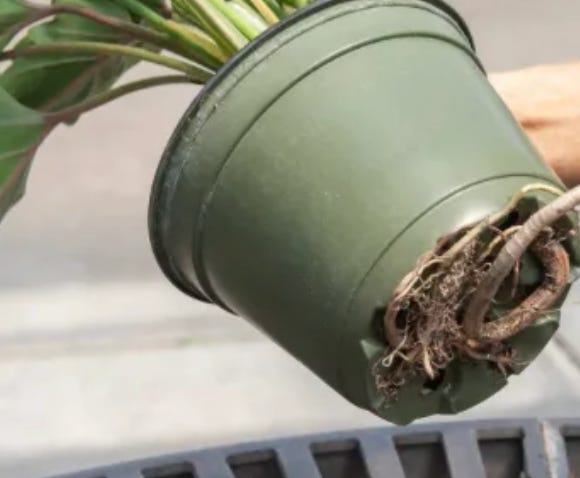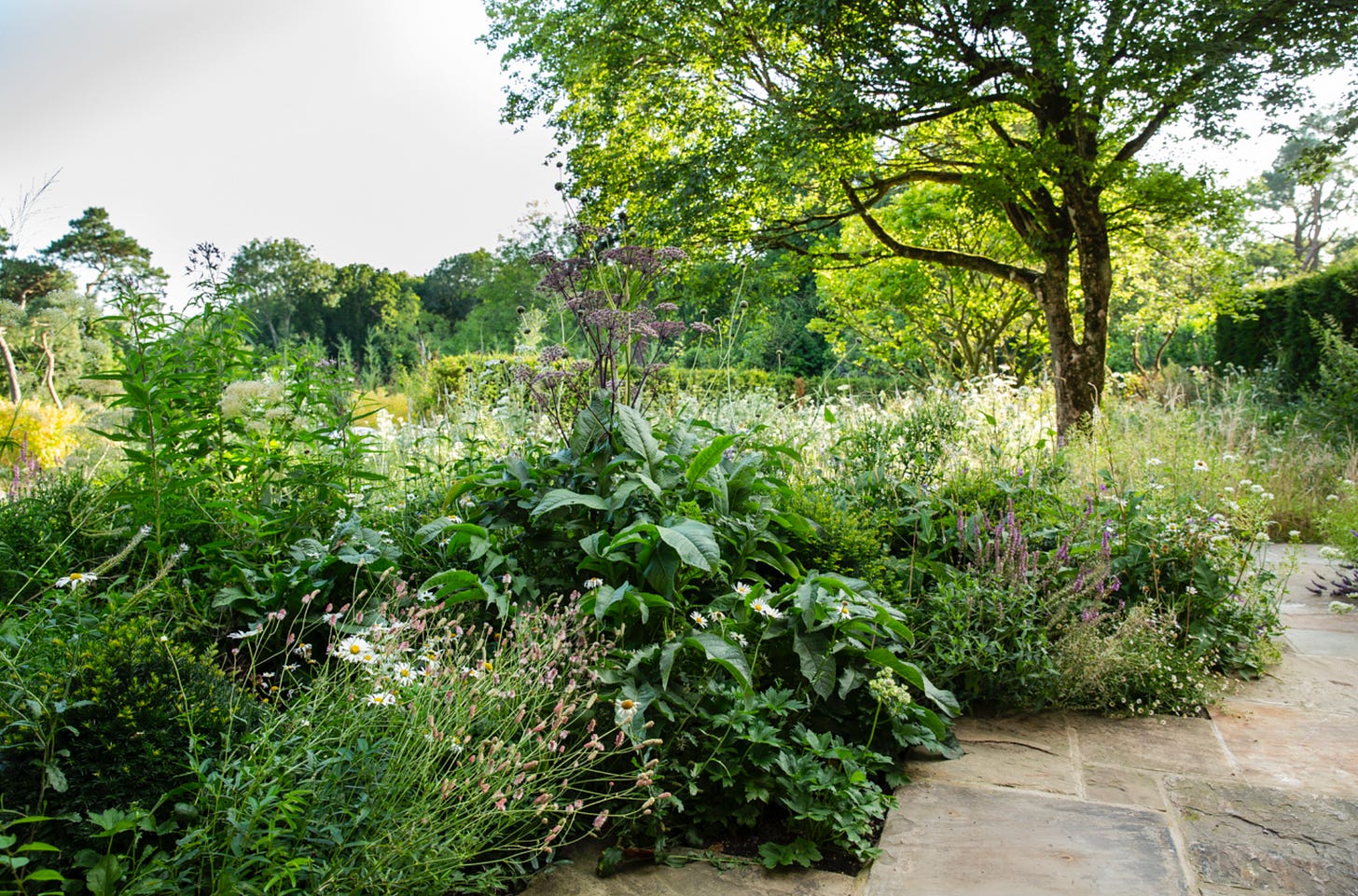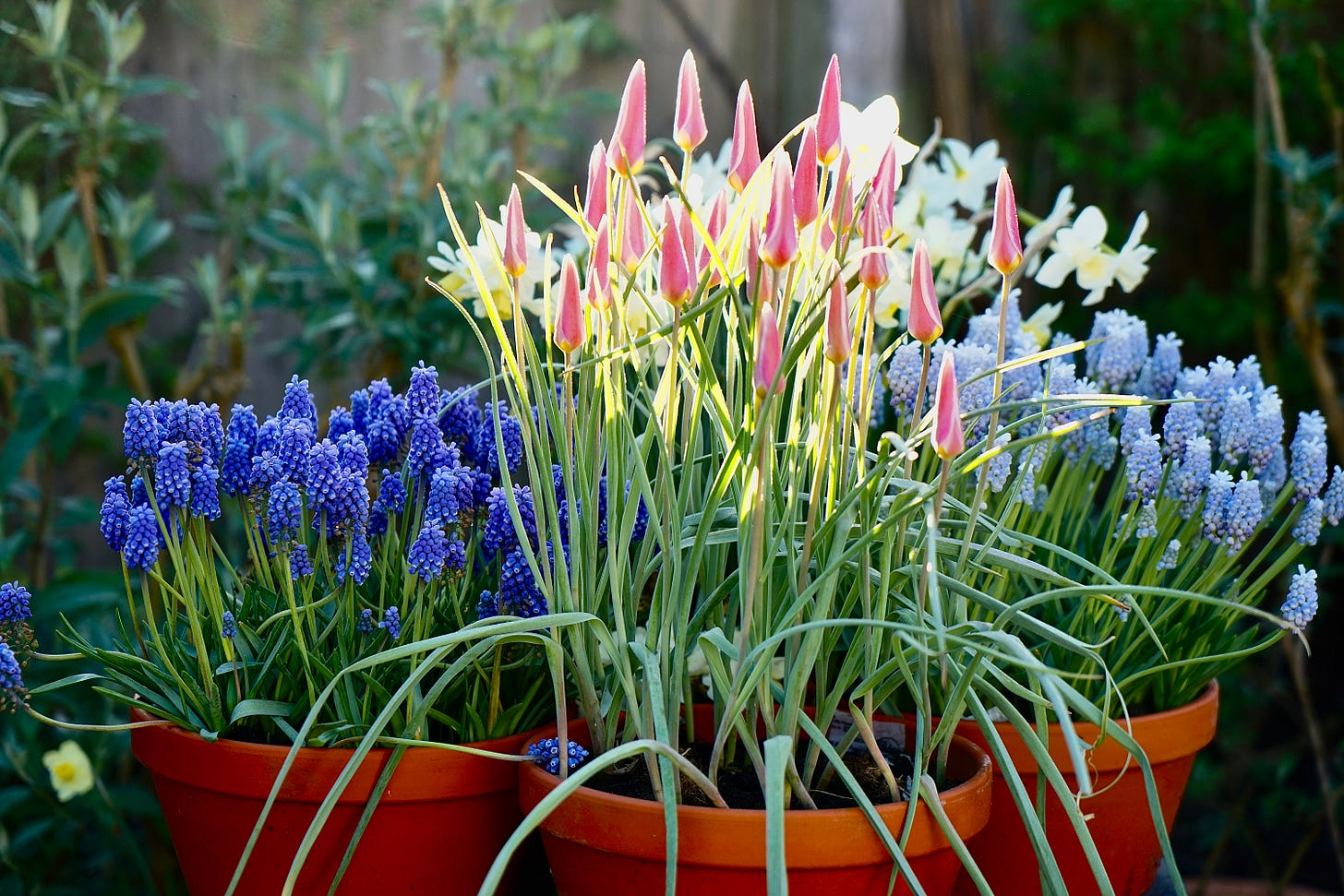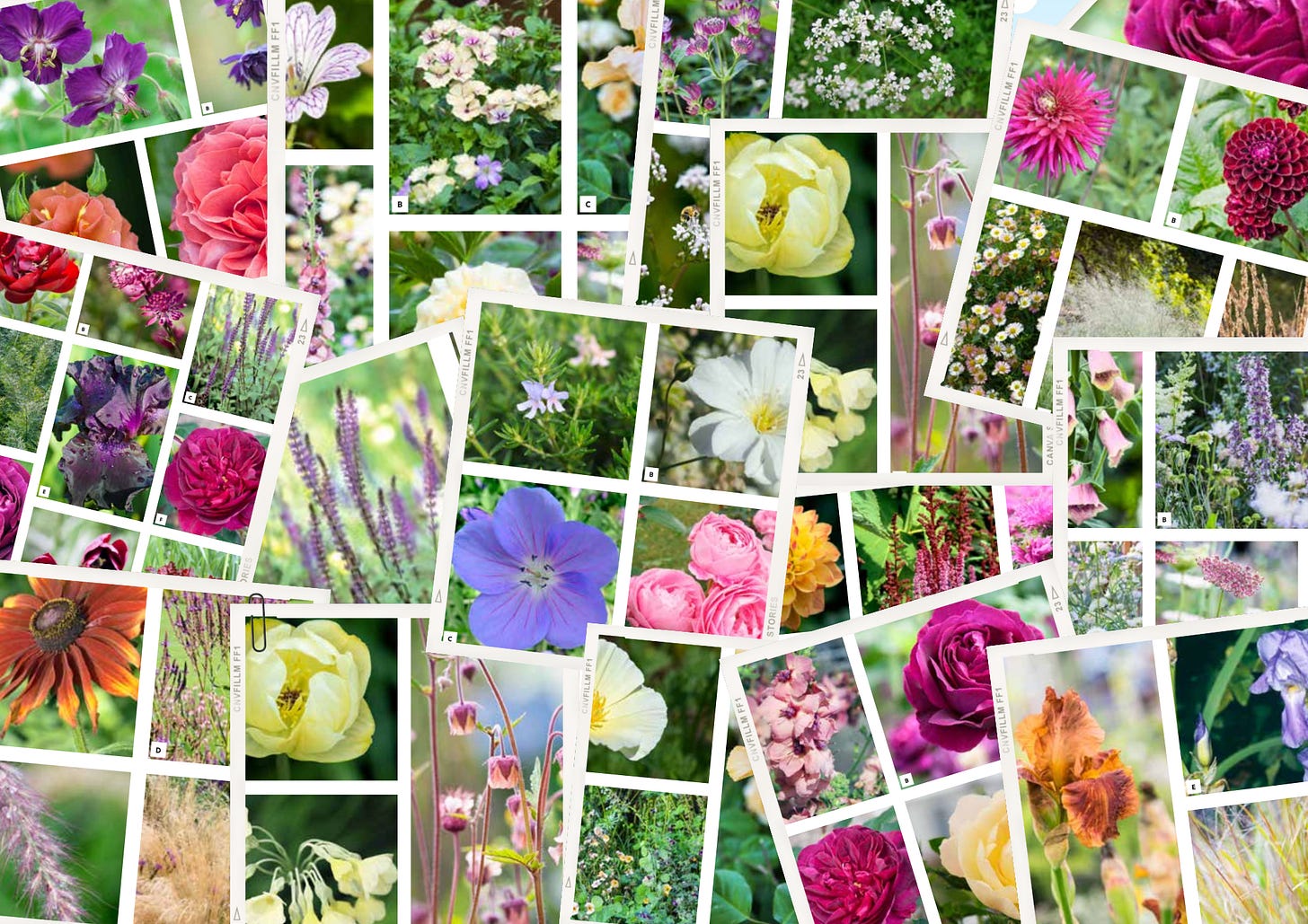How to plant your garden - the essential planting guide for the Small Garden Design course
Part 1: My favourite plants for structure, the four-season framework, seasonal colour, and a Cheat Sheet
If you’re landing here for the first time, welcome - it’s great that you’ve found us, at EXACTLY the right time of the gardening year. There’s lots going on here - garden design ideas, easy gardening how-tos, plant recommendations, general garden chat, border planting design tips and tricks and lots more. If you’d like to join in, I’d love it:
If you’re thinking about joining the Small Garden Design course, or have already started, this is the key week that will transform your garden - it’s all about the plants, which sounds completely obvious, but you’ll see how important it is. We’re taking a look at the impossible idea of all-year round colour in the garden, and how to reinterpret this so that your garden works throughout the year.
I’m going to be sharing the planting palette for a town garden
In my small village garden, fifty plants selected from the list of Excellent Garden Plants (which also deter pests) that you can find here have arrived to accompany the roses pictured above, so I’m going to be spending much of Easter weekend getting them planted. As the world’s most impatient gardener, I absolutely cannot wait for these to get going. Chosen for their ability to deter pests as well as their beauty, I’m keen to see them get going. If you chose any plants from the list, I’d love to know.
Are you off to a garden centre this weekend? If so, I’ve got lots of ideas for you. This post lists what to look out for when buying plants, including why one of these is better than the other:


When you’re at the garden centre, avoid most plants that are in flower. If they’re flowering, they’re either at their best or just passing their best: by the time you get them home, their flowers will be fading and you’ll have to wait a whole year to see them again. What you want to be looking for are BUDS. The exception to this is wisteria. This plant takes so many years to flower, so you want the proof of seeing one in bloom to know you won’t have to wait decades to enjoy it. Also, you get to sniff the flowers and therefore choose the most deliciously-scented one.
If you’re choosing plants, these two articles will be useful: How to choose plants for your flowerbed and borders, and also How to choose the right plant for your border, and my secret trick in planting design.
There are details of a fabulous Rose Day - yes, a whole day FULL of roses - that I’m taking part in.
Planting: transforming that plan into reality
The four-season framework
Having followed along with the course, you might now be sitting looking at your design, wondering how to take it from where it currently is - a flat plan with lots of lines and squiggles - to an actual garden. A place that really means something.
Out of your window, you might be looking at a blank canvas that looks like one of these:



Perhaps a building site, or a garden full of overgrown shrubs, or a lawn and not much else. Are you wondering how on earth to improve it, how to inject a bit of life into it?
In your garden design (which you really can start at any time if you’re new here) you might by now have your ‘useable zones’ delineated, and you know that it now needs plants. But planting is a MASSIVE topic, so where do you actually start? It’s all very well my saying that you need trees, shrubs, and perennials, but how on earth do you actually begin the process?
Right now, that may seem impossible. You might not be able to imagine it, but you’re going to make your blank canvas/empty plot/junk yard into an actual garden, and you really are going to do that with plants.
We’re going to look at how that central overgrown garden in the ‘before’ above turned into the ‘after’, complete with planting design.



Where to start?
Stating the obvious here: the first thing you need to do is ask yourself what you want from your plants.
Is it about colour, is it about edibles, do you want them to provide privacy, height? Is there something else?
Hands up if you’re thinking ‘All Year-Round Colour.’
‘All Year-Round Colour’ is something many, many people say to me when I first visit a garden. I need to tell you right now that if you have a small garden, the most important thing you need to do immediately, is to reframe this concept to ‘all-year interest’. If, in a small garden, we include a flowering plant for every month, there won’t be enough room to repeat these, or to plant enough other plants to flatter that key plant, and then the garden is going to lack that vital harmony, unity - that sense of cohesion which ties everything together.
The thing to do instead is to think about structure - the underpinnings which means that the garden doesn’t look terrible in the winter - followed by which seasons you really want the garden to perform in. When you really question yourself, it might be that the important periods turn out to be May/June, and then again August/September. Remember, in all the other months, you can do a lot with bulbs and annuals in pots.
You might be thinking: my garden can only look good for FOUR MONTHS A YEAR? But fear not: your garden can hold some interest all year round.
As I say, it’s all about the structure
The first thing to do is to think about your specific location, your specific climate, and accept it. In winter, structural plants with perhaps architectural interest are important. Come spring, the bulbs arrive. Summer is all about abundance and colour, and that colour becomes deeper and richer as we move into autumn.
In a small garden, I know you really want to maximise the return on the limited space available. Let’s look at how to do that. These two books will help: The New Romantic Garden is definitely more of a manual even though it looks like a coffee table book. For colour, The Gardener’s Palette could, I hope, turn out to be your bible. It has one hundred different colour palettes, and I’m sure you’ll find one you like. Everyone wants colour in their garden, but each of our preferred palettes is unique, so how on earth do you choose the right one for your garden, and how do you find the plants that will help you fulfil your vision? This is where this book started: I wanted to demystify planting colour and enable you to confidently incorporate colour at home.
In this book, there is a palette for everyone, I promise. Above are pictured just a few: pastels, bold, gentle, punchy, romantic, vibrant, low-key, low-maintenance, showstopping - there are loads more, from both UK and US gardens, taking you through the year with colour for every season. If you’ve already got this book, I’m hoping you find it useful.
Back to our example garden:
Before we take a look at this concept of year-round structure, let’s head straight to the planting palette and design for this garden. Over the next few weeks we’re going to peel away the layers of various aspects of planting so that you can see how we went from the first image to the last.
Can you see how the planting has completely changed the layout, which you can see in the middle photo taken before the garden was completely planted? In that photo, your eye zooms to the end of the garden, everything feels a bit hard, and there certainly isn’t much mystery or romance - those two prerequisites for a garden that I keep banging on about.
Here’s the palette:
There’s the structure, followed by plants for spring sun and part-shade, and summer sun and part-shade:














